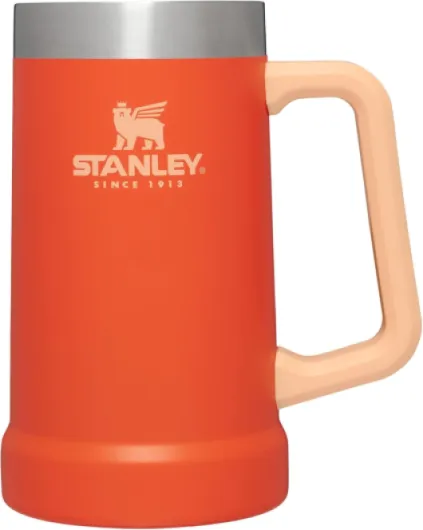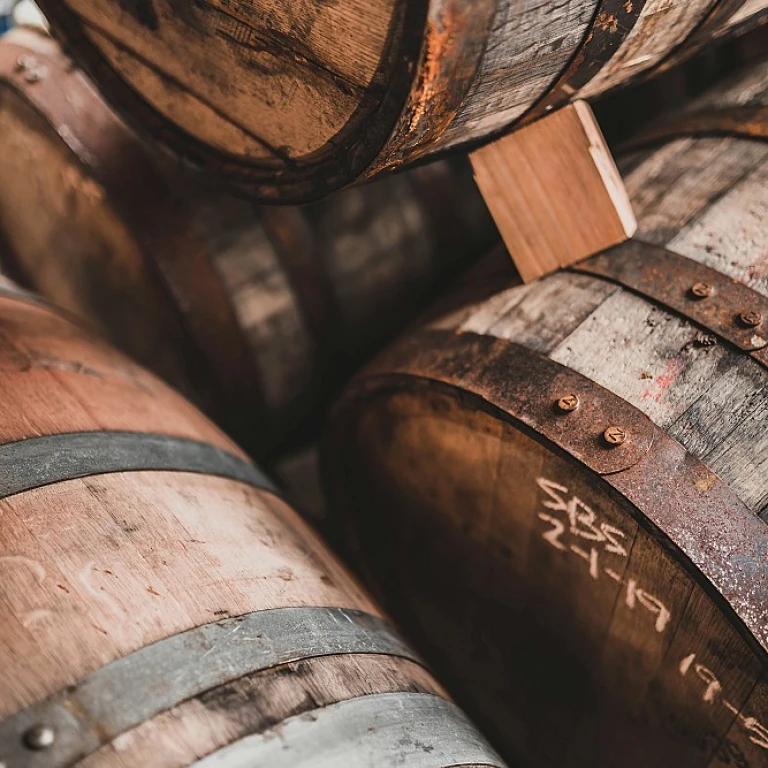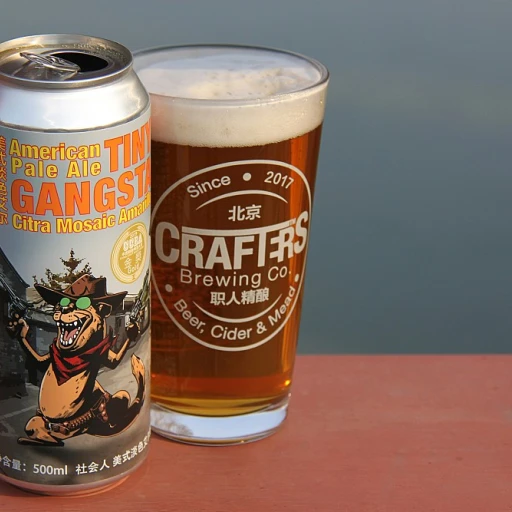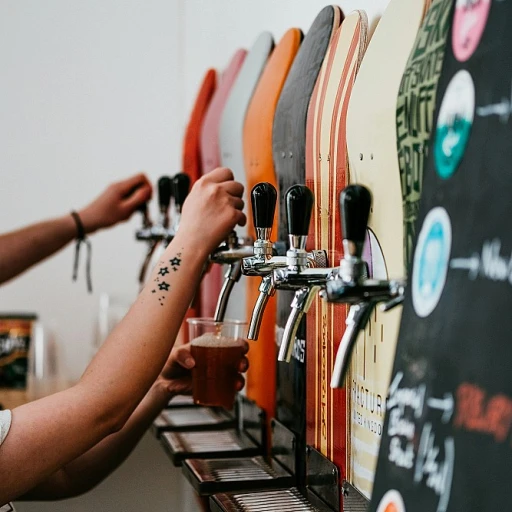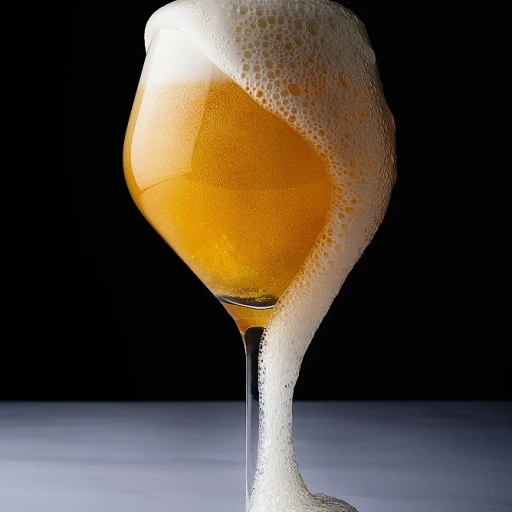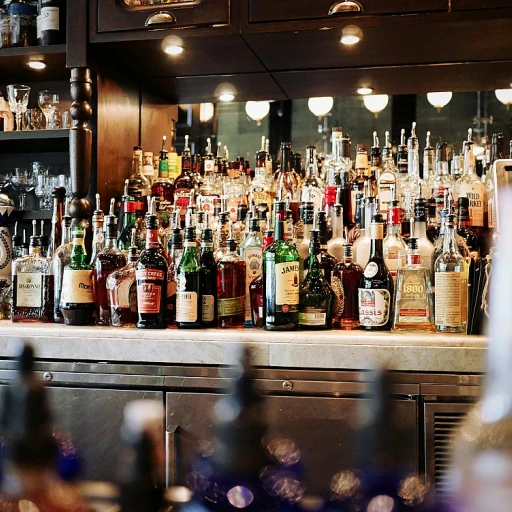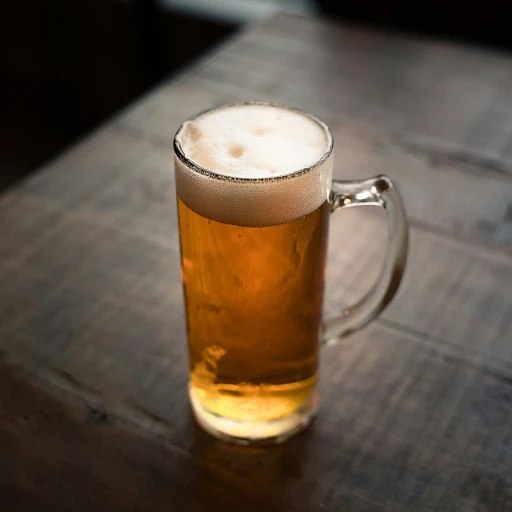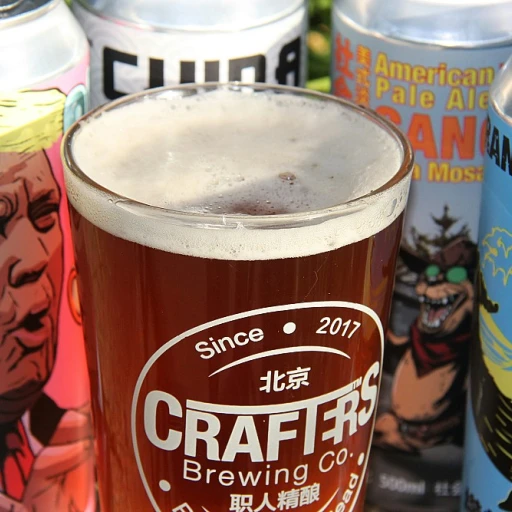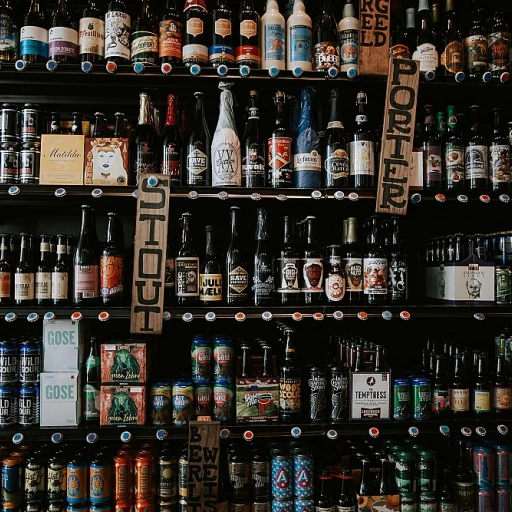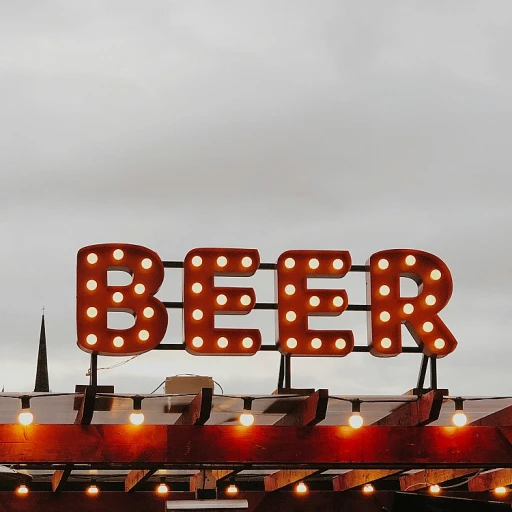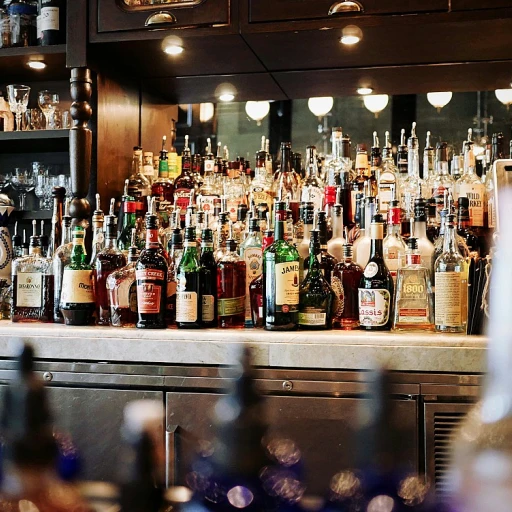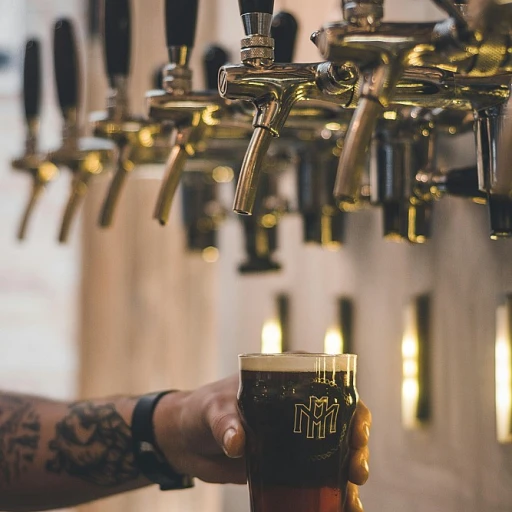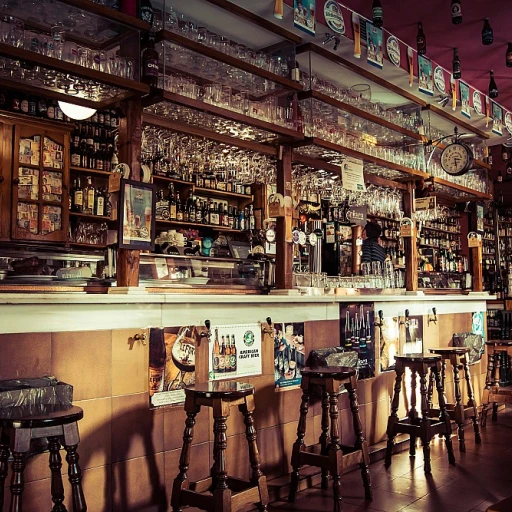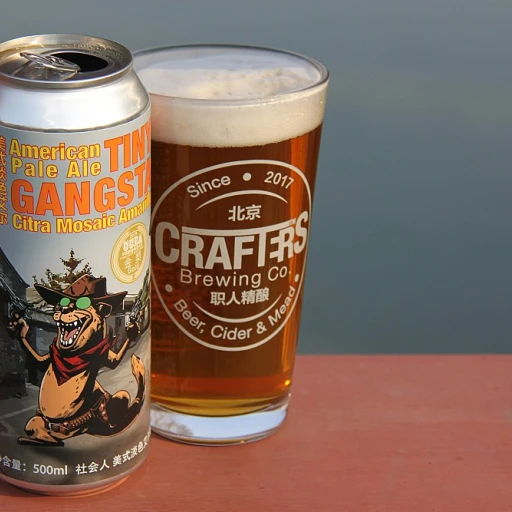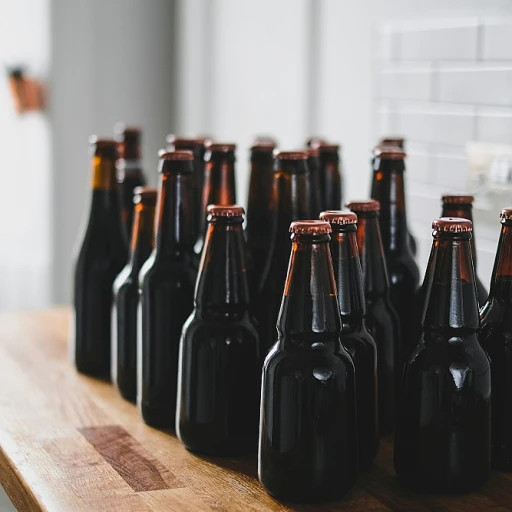
Understanding Craft Beer
Defining Craft Beer
Craft beer has become synonymous with creativity, unique flavors, and a passion for brewing. What sets craft beer apart from other types of beer is the emphasis on quality ingredients and traditional brewing methods. Typically produced by small, independent breweries, craft beer celebrates variety and innovation. This makes each sip a new exploration of bold and distinctive tastes.
Local Focus and Community Connection
Most craft breweries take pride in their local origins and aim to serve their surrounding communities. This local focus not only boosts the local economy but also adds to the sense of community. By supporting craft breweries, beer enthusiasts often find themselves part of a vibrant and interconnected community of like-minded individuals.
Exploring the Range of Styles
The variety of styles within craft beer is truly staggering. From hoppy IPAs to rich stouts, craft brewers are free to express their creativity and often experiment with new flavors and techniques. This results in an ever-evolving landscape that beer lovers continuously enjoy. The allure of a beer bucket often lies in the diverse craft selections waiting to be discovered.
Quality and Traditional Techniques
In contrast to mass-produced beers, craft brewers usually place a high priority on quality, often using fresh ingredients and maintaining control over various aspects of the brewing process. This dedication ensures that each batch of craft beer provides a superior taste experience.
Understanding these characteristics of craft beer is crucial for those deciding between craft and draft options. As you delve deeper into the world of beer, you'll learn about the distinct taste and quality aspects and the brewing and serving traditions that differentiate the two.
The World of Draft Beer
The Journey of Beer from Keg to Glass
Draft beer, often celebrated for its freshness, comes straight from a keg or cask. This system plays a pivotal role in delivering a perfect pour, maintaining the distinct characteristics of each brew.- Kegs and Casks: The journey begins with storage in specialized containers. A keg is sealed, preserving the beer with carbon dioxide, which aids in maintaining its effervescence. Casks, on the other hand, allow for natural fermentation and are typically tapped for real ale.
- Temperature Control: Temperature is crucial. Draft systems often include refrigeration to keep the beer at an optimal drinking temperature, enhancing both taste and texture.
- The Role of CO2 and Nitrogen: CO2 is common in draft systems, contributing to the carbonation of the beer. Meanwhile, some brews utilize a nitrogen mix for a creamier mouthfeel, offering a different sensory experience.
- From Tap to Pint: The skill of pouring draft beer involves angling the glass and releasing the beer at just the right speed to balance the foam head and liquid.
Taste and Quality: Craft vs. Draft
The Flavor Profile: What to Expect
Craft beer is known for its rich flavor profiles, often the result of unique ingredients and brewing methods. Craft brewers frequently experiment with different hops, malts, and yeasts, which can lead to a wide range of tastes varying from fruity and spicy to malty and bitter. This diversity allows craft beer enthusiasts to explore different styles and flavors that might not be present in more traditional beers. On the other hand, draft beer enthusiasts appreciate the freshness that comes from being served directly from the tap. The serving process often preserves the freshness and flavor intensity, ensuring the essence of the beer is delivered as the brewer intended. The carbonation and temperature control of draft systems can enhance the tasting experience, providing a crisp and refreshing sip.The Quality Control Factor
Craft beers are often brewed in smaller batches, which allows for meticulous oversight and quality control. Craft brewers take pride in their creations, ensuring that every batch meets their high-quality standards. This often results in a consistent and balanced flavor experience with every bottle or can you open. Draft beer also benefits from quality control, particularly in establishments that prioritize maintaining their draft systems. A well-maintained system ensures that the lines are clean and the beer is served at the optimal temperature, which can significantly affect the taste. An improperly maintained draft system, however, can lead to off-flavors or spoilage, underscoring the importance of upkeep.Freshness: Craft Vs. Draft
Freshness is often championed in both craft and draft beer worlds. Craft beer enthusiasts often seek out limited releases and seasonal brews to enjoy the freshest flavors possible. In contrast, draft beer retains its freshness through a controlled environment that mitigates exposure to oxygen and light. To further enhance your drink experience, you might consider using beer bottle koozies. These can help maintain your craft beer at the optimal temperature, preventing unnecessary warming that may alter its intended taste profile. Overall, whether you prefer the deliberate craft of small-batch brewed craft beer or the consistently fresh appeal of draft beer, both offer unique qualities that cater to diverse palates and preferences.Brewing and Serving: Behind the Scenes
The Art of Brewing and Presenting: Crafting a Beer Experience
When it comes to beer, the process of brewing and serving plays a crucial role in defining your drinking experience. From mastering the delicate balance of flavors during brewing to ensuring the perfect pour, every step in making craft and draft beers adds a unique signature to the final product.
Craft Beer: Small Scale, Big Impact
Craft breweries often focus on quality, flavor, and innovation. These breweries tend to operate on a smaller scale, allowing for a more hands-on approach during the brewing process. This can result in bold and unique flavors tailored to specific tastes. Craft brewers often experiment with ingredients, creating limited edition brews that reflect their creativity and passion for the craft.
Draft Beer: Freshness on Tap
Draft beer, served straight from a keg or cask, is usually synonymous with freshness. The controlled environment ensures that flavors are preserved until the moment it is served. Draught systems, whether at a bar or at home, rely heavily on maintaining the right temperature and carbonation levels to deliver that crisp, refreshing sip every time.
The Presentation: Craft vs. Draft
When serving, each beer style has its own set of rituals and equipment. Craft beers might be poured directly from bottles or cans, allowing for a wide range of serving temperatures and glassware choices to enhance the experience. For draft beer, the equipment used, such as taps and pressurized lines, play a significant role in ensuring precise serving conditions, making the presentation consistent with the brewer's intent.
Choosing Your Beer: Craft or Draft?
The Art of Selecting Your Beer: Craft or Draft?
Embarking on the journey of choosing between craft and draft beer can be an exciting experience for any beer enthusiast. Knowing what factors to consider can help refine this choice and make your beer-drinking experience truly enjoyable.- Personal Taste Preferences: Whether you enjoy the bold, diverse flavors of craft beers that often emerge from innovative brewing techniques, or the consistent, classic taste of draft beers usually served in larger-scale settings, your personal taste should guide you. Reflect on the styles and flavors discussed earlier in the post to pinpoint what appeals to your palate.
- Occasions and Pairings: Think about the occasion. Are you at a casual gathering with friends where a draft beer might suit the social, relaxed vibe? Or are you looking to impress at a tasting event where craft beers with unique flavor profiles would shine? Additionally, consider what you’ll be eating; some beer styles enhance food pairings spectacularly.
- Experience vs. Novelty: Consider what you value more in a beer-drinking experience. If you cherish tradition and familiarity, draft beer might be your go-to. Meanwhile, if you seek novelty, the often limited-edition and experimental batches from craft breweries could offer the thrill you're after.
- Support for Local Brewers: Choosing craft beer typically means supporting local and independent brewers who are passionate about their creations. If you feel inclined to back smaller community businesses, craft might be the way to go.
- Availability and Accessibility: Finally, your choice might be shaped by what is readily available. Draft beers often have a robust presence in bars and restaurants. In contrast, craft beer is more commonly found in specialty stores or specific venues.

